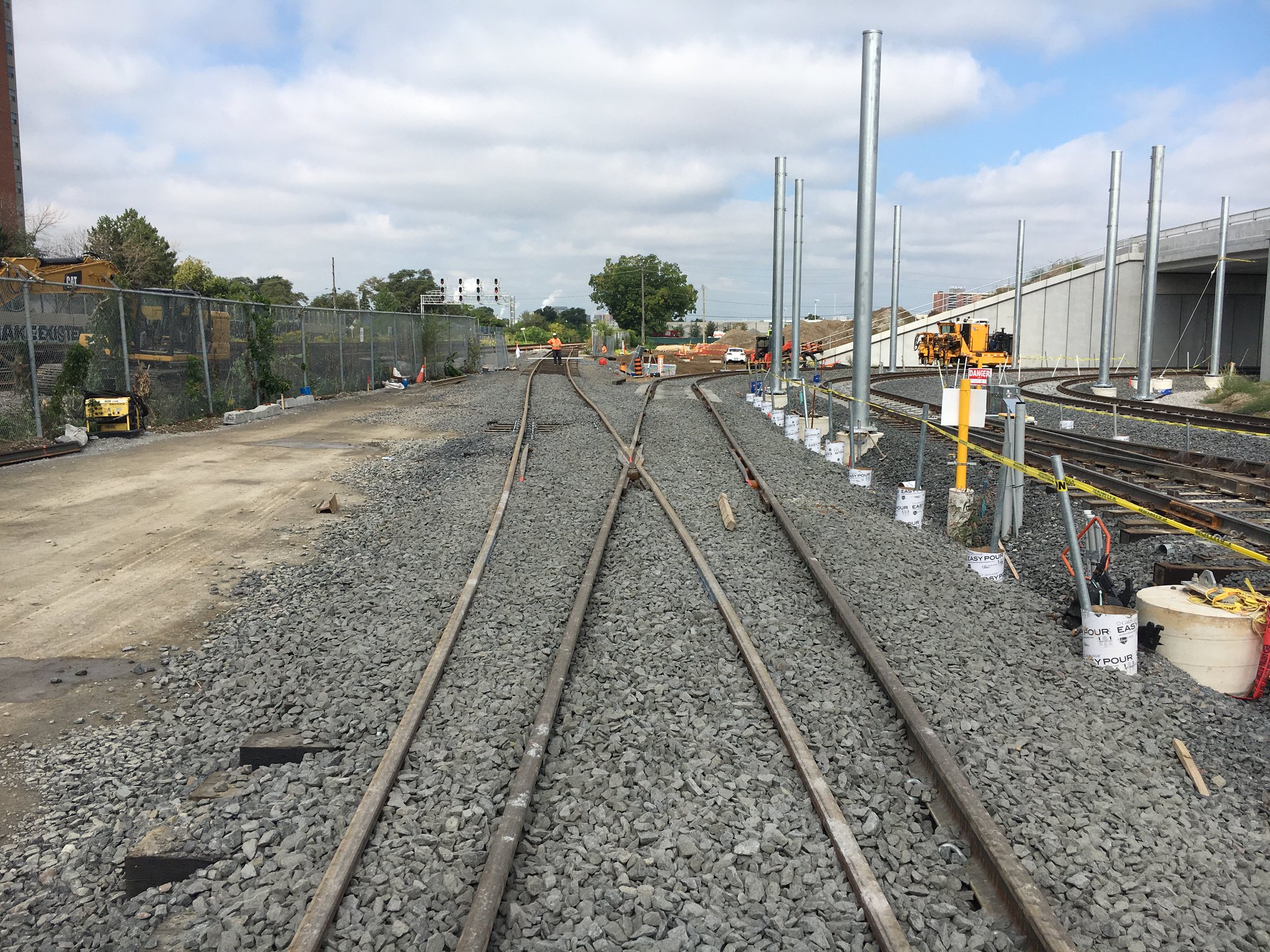SaugeenJunction
Senior Member
What an article title. This thread needs the poop emoji.
‘An overflow of children feces’: Crosstown construction leaves midtown school without running water
‘An overflow of children feces’: Crosstown construction leaves midtown school without running water








